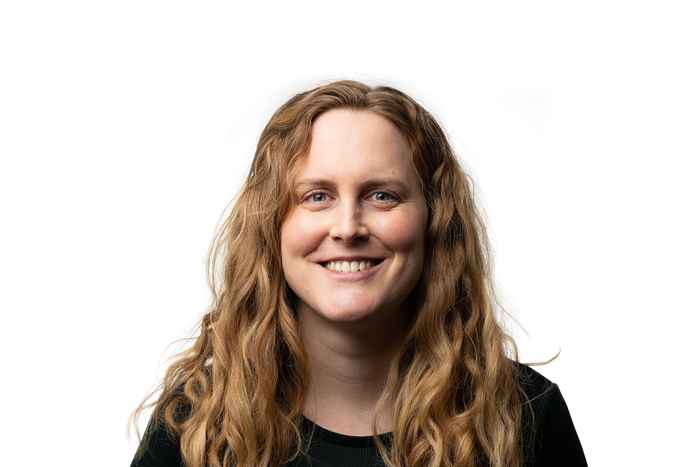DSC Member Spotlight: Annika Rausch
27 March 2025

Can you tell us more about your role and how you apply data science to your projects?
At the EvA Servicecentrum of Amsterdam UMC, I develop and implement AI models tailored to the hospital’s needs. My role bridges technical development and strategic advisory, focusing on integrating machine learning, natural language processing, and generative AI into clinical, financial, and operational workflows.
Our Electronic Health Record (EHR) provider offers both pre-built vendor models and custom in-house models. While I work with both, my main focus is leading in-house AI initiatives, including projects to reduce no-shows and BelCheck, an LLM-based tool that assesses the billability of telephone consultations.
Is there a project from this past year that you are most proud of?
I’m particularly proud of BelCheck, which we developed in collaboration with the care administration department. This tool uses GPT-4o to evaluate telephone consultation notes, helping prevent billing errors, revenue loss and high repayments. In testing, BelCheck performed on par with human experts, and we are now rolling it out at Amsterdam UMC.
We also worked closely with our EHR provider to enable hospitals to integrate custom-built LLM applications into the EHR. Previously, only predictive models were supported—thanks to this collaboration, other hospitals may soon benefit from this new capability.
What do you like most about being a DSC member?
What I appreciate most about the DSC community is the interdisciplinary focus and the opportunity to connect with other researchers. Working at the intersection of research and real-world healthcare challenges, I value being part of a network that brings clinical, technical, and academic perspectives together. The seminars—particularly on themes like responsible AI—are insightful and help me stay connected to key developments in the field.
What is your favourite data science method?
Although ChatGPT isn’t a traditional data science method, large language models have become my go-to tool. In my work, traditional NLP (Natural Language Prcessing) and ML (Machine Learning) applications often lacked trust or scalability. I’ve seen how flexible and effective LLMs are for tasks like interpreting EHR notes, paving the way for AI agents to reduce the administrative burden on healthcare professionals. While prompting and validation still require effort, the payoff can be significant depending on the use case.
Are you camp Python/R/or something else?
I’m fairly neutral, but if I had to choose, I’d lean toward Python. Early in my career, I preferred R, but I had to switch when support for R models was gradually phased out by our vendor. Technically, R is still supported, but all new features are developed with Python in mind—and for good reason. The ecosystem is huge, the syntax is clean, and it’s accessible for beginners while still powerful enough for advanced use.